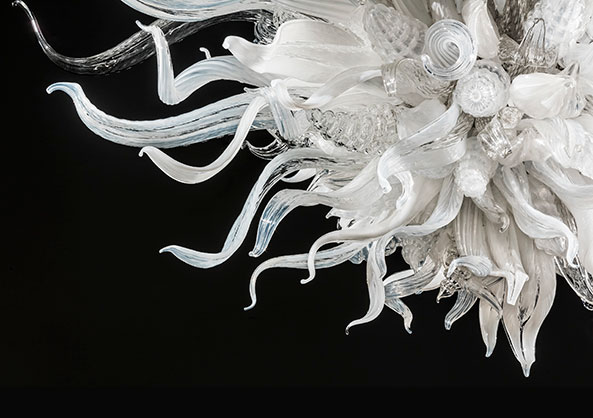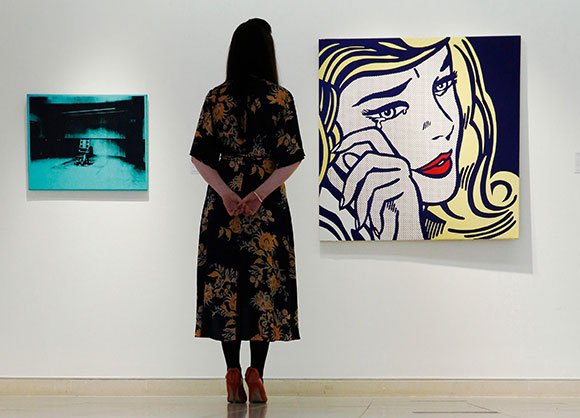Art Advisory
DRFA’s on-site services help clients create strategies for integrating art into lives and spaces.
The art ecosystem is complex, and navigating it can require assistance. DRFA provides art advisory services ranging from acquisition and collection management to artwork deaccession through sales and donations. Architecture firms, private collectors, public agencies, property managers, and corporate collections are among those who have experienced DRFA’s creative collaboration, integrating art into lives and spaces and managing assets.


Acquisition
DRFA services range from assisting clients in acquiring individual works, to building collections. Based on a client’s unique needs, DRFA tailors each acquisition to their goals, space, and budget.
Sourcing artwork from a range of galleries, auction houses, and artists allows DRFA to identify the right artwork for a space. Client confidence in the process is key to a satisfactory outcome, so DRFA listens carefully to the client to prioritize their goals.
For corporate clients, DRFA works with stakeholder groups, including art committees, executive leadership, and facilities managers to address collection needs aligning with a brand, mission, and clientele. An important aspect is to develop long-term policies and planning for the collection.
Deaccession
Deaccession is the formal process of removing artwork from a collection. DRFA has overseen large deaccession projects, advising on the process and carrying deaccession through to the brokering of sales and donations for private collections, estates, and large corporate entities.
Often, this process takes the form of selling valuable property. DRFA engages auction houses and private dealers at various levels to determine the best possible outcomes for an owner. DRFA’s art brokering services assist owners, estates, and collection managers in choosing the best options for their property.
Approved deaccession policies are a vital part of the process for institutions and corporate collections. While private individuals do not require such policies, DRFA helps create a plan that fits the highest and best use of their art assets.
Finding the auction house to reach the most significant market is time-consuming when selling collectible objects. DRFA negotiates auction sales for large-scale diverse collections and assists with smaller, one-off negotiations. Rigby advises clients throughout the process to ensure their needs are addressed to align with their goals, mission, or brand.
Case Study
Purchasing Artwork for a Public Space in a New Building



